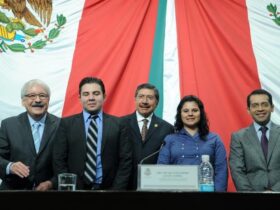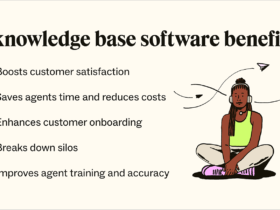In today’s ever changing and diversified world, teaching preschoolers about the importance of diversity and inclusion is utmost compulsory. Fostering an inclusive mindset from an early age can help children grow and cultivate the ability to understand and share the feelings of other, accepting open-minded individuals. To accomplish this, parents and educators play a vital role here. In this comprehensive blog post, we will explore various ways to teach preschoolers about diversity and inclusion, and we’ll even offer tips on how to find the Best Preschool Nearby that prioritizes these values.
Understanding Diversity and Inclusion
Going by the definition, diversity refers to the differences among people, including those related to race, culture, religion, gender, abilities, and more. Inclusion, on the other hand, means welcoming and embracing these differences, making everyone feel valued and a part of the community.
Before moving further the parents and educators need to imbibe these concepts in the mind of the preschooler. Here is how this can be accomplished with ease.
Teaching the Basics:
Start with the basics. Explain to preschoolers that people come from different backgrounds, and these differences make our world interesting and beautiful. The best way to do it is use age-appropriate books and stories that showcase diverse characters and cultures. And most importantly encourage open discussions and questions from your child about diversity so that they can remember it for life long.
Promoting Inclusivity
1. Embrace Multicultural Activities:
Try hosting multicultural playdates where children can learn about different cultures through food, art, and games.Celebrate cultural festivals with full enthusiasm to expose children to various traditions and customs.
2. Be a Role Model:
Children learn by example. Be inclusive in your own interactions and friendships in front of them. Showcase respect and kindness towards people from diverse backgrounds to imbibe the sense of respect towards others.
3. Explore Different Perspectives:
Encourage your child to consider other people’s feelings and perspectives. Try discussing situations where others might feel left out and how to include them.
4. Choose Diverse Media:
Visuals are the best way of imparting knowledge which is fast and can be retained for a longer period of time. Watch diverse TV shows, movies, and documentaries that highlight different cultures, abilities, and perspectives. Discuss the characters and the lessons learned from these.
5. Books and Toys:
Build a diverse library of books with characters from various backgrounds. Select toys that represent different cultures, abilities, and genders.
6. Celebrate Differences:
Highlight the unique qualities of each child, celebrating what makes them special. Create art projects that celebrate differences and similarities.
Tips for Finding the Best Preschool That Can Help you accomplish your end goal
When it comes to finding the “Best Preschool” that prioritizes diversity and inclusion, there are several factors to consider. Some of the core elements to be kept in mind are as written below:
1. Research and Reviews:
Start your search by reading online reviews and testimonials from parents who have had experience with these preschools.
Look for preschools that explicitly mention their commitment to diversity and inclusion in their mission statements and program descriptions.
2. Visit the Preschool:
Schedule a visit to the preschool to see the environment firsthand. Visiting allows you to get a sense of the atmosphere and observe how inclusive the setting is.
3. Meet the Staff:
Talk to the teachers and staff to gauge their approach to teaching diversity and inclusion. Find out if they have received diversity training and how they incorporate these concepts into their teaching.
Inquire about their qualifications, experience, and dedication to promoting diversity and inclusion.
4. Curriculum and Resources:
Check if the preschool incorporates diverse books, toys, and activities into their curriculum. Ask about specific lessons or materials that address diversity and inclusion.
Inquire about any special programs or events related to diversity and inclusion, such as cultural awareness weeks or special guest speakers.
5. Parental Involvement:
Inquire about opportunities for parents to participate in diversity and inclusion initiatives. Parental involvement can be a crucial factor in creating an inclusive community.
Discuss how the preschool fosters a partnership with families to reinforce these values at home.
6. Observe Inclusivity:
Pay attention to how children interact and play during your visit. Observe whether the environment is welcoming, inclusive, and respectful of individual differences.
Take note of how the preschool handles situations where a child might feel left out and if they encourage inclusion in such instances.
Conclusion
Teaching preschoolers about diversity and inclusion is a vital step in raising compassionate and understanding individuals. By implementing the tips mentioned above, you can help your child develop a strong foundation in diversity and inclusion, setting them on the path to a more inclusive and harmonious future. Remember, it’s never too early to start teaching these important life lessons to your child, and investing in an inclusive preschool environment can make a significant impact on their development and worldview.




































